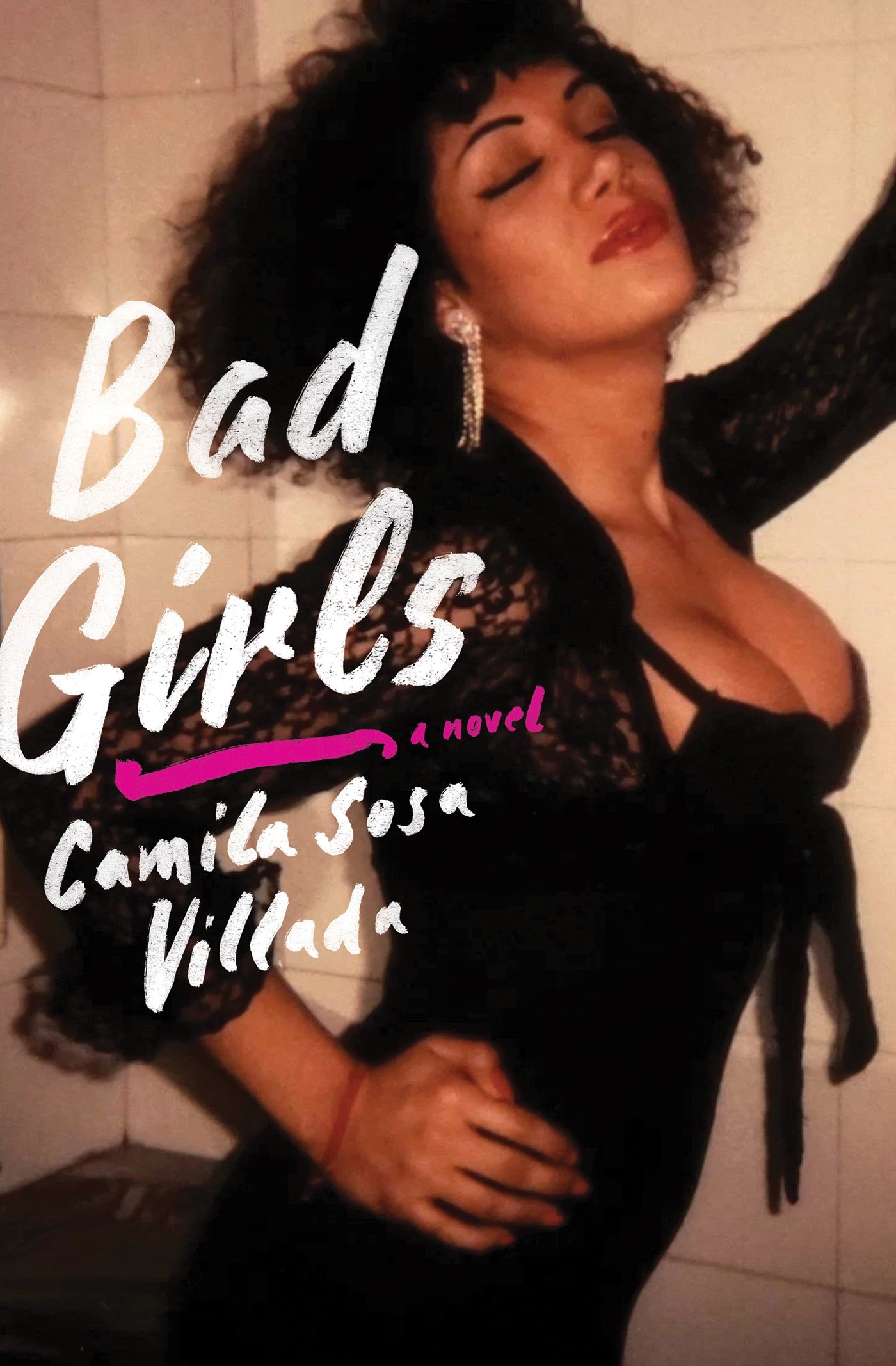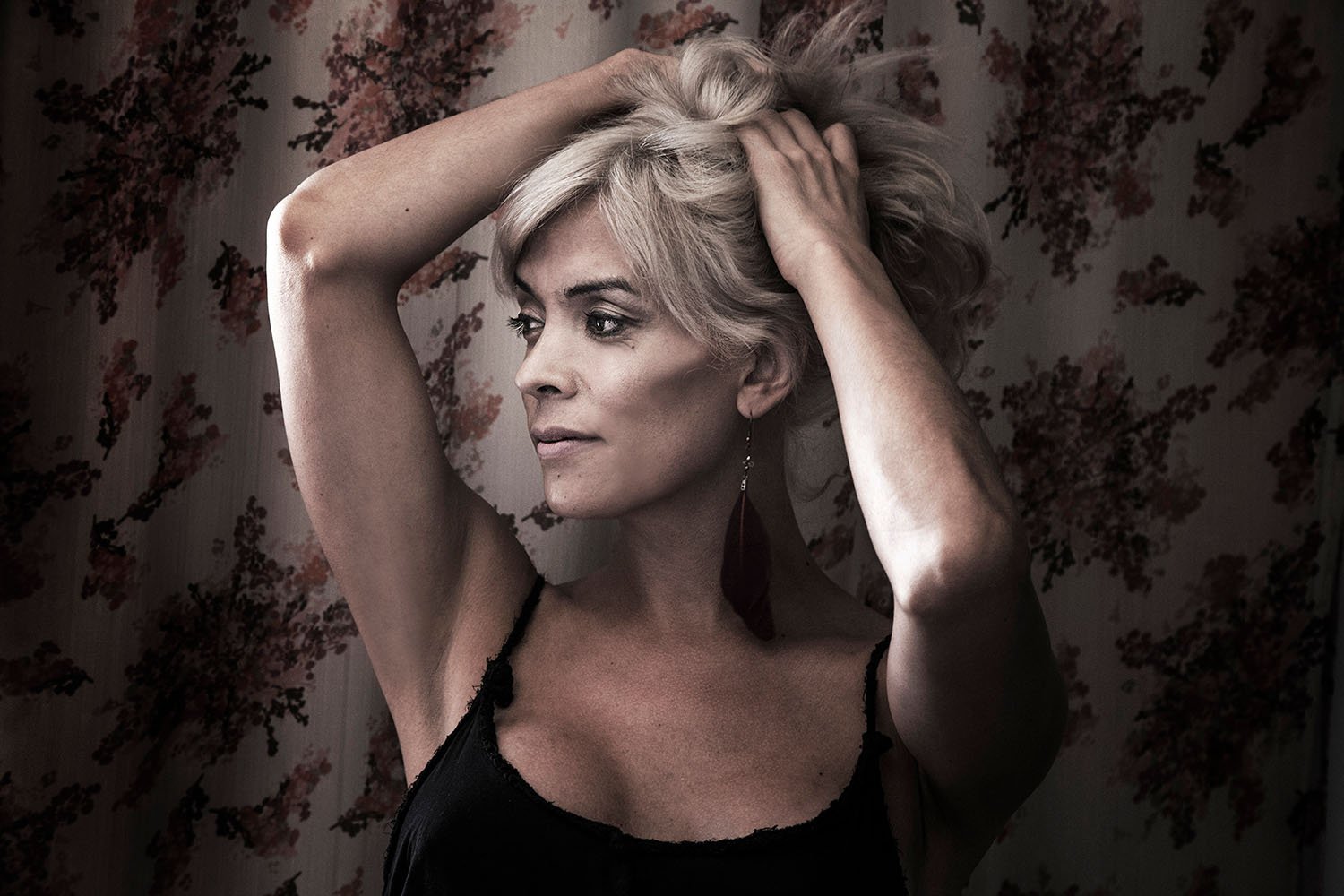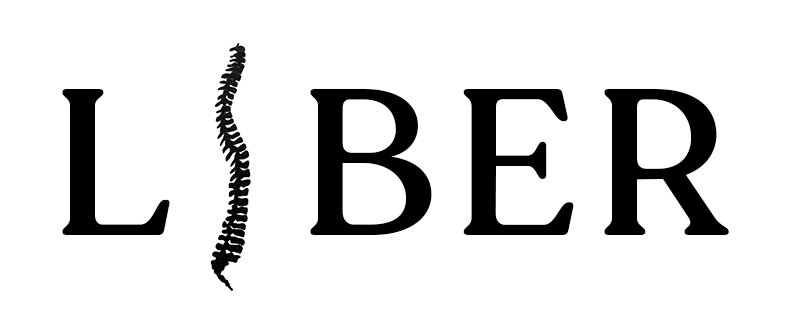
We have always existed everywhere. In the Anglophone world of today, we are called trans women. We have had many names. Different cultures of “gender,” if that’s even the right word, leave different slots open for us. The gender system forced on much of the world by Western colonialism is unusual in how little regard it has for boys who turn out not to be men.
Bad Girls is a book from Argentina (originally published as Las malas in 2019) about travestis, which its author, Camila Sosa Villada, insists is not quite the same thing as the Anglophone trans woman. It’s a different history of struggles—with patriarchy, medical regimes, the church, the police. The term travesti is usually pejorative, and its recuperation is contested. For Villada, insisting on it is a way of turning aside at least one of two layers of colonial imposition; there’s that of English onto Latin American culture, before which there was that of Spanish colonizers on Indigenous gendered forms.
“I didn’t want to be a man in the world,” and so our autofictional narrator becomes Camila, which provokes not only disgust but panic from her abusive, alcoholic father: “Perhaps therein lies the original source of the tears of the travestis: the mutual fear between father and his travesti daughter. The wound follows us travestis out into the world and we cry.” She shrinks from his violence but holds the capacity to expose what he will imagine is the failure of his masculinity: the failure to produce a son and heir. But Villada is careful to also mention the complicity of mothers in this exile of the travesti from the hearth of this civilization, such as it is. The mother does nothing to protect her. The travesti leaves masculinity but does not arrive at the femininity of which cis women are the gatekeepers.
“Camila was conceived by petty crimes,” she writes. A dirt-poor provincial, she steals garments, hustles passing truck drivers, and, as a matter of course, is blackmailed by the local cops, who extort sexual favors. “After that, my body had a different worth. It ceased to be important. It was a cathedral to nothing.”
And so Camila comes to the big city. At university, in boy drag, she resents her cis classmates and their petty problems. She falls in with the travesti working girls whom she meets in the park, where she, too, will take up sex work. “I was already worn in.”
They gather under the maternal hand of Auntie Encarna, “a fractured, unforgettable beauty: the rawest kind,” who has also become the caregiver to an abandoned infant. She suckles the newborn with her breasts full of silicone. The narrative arc of the book is the story of the consequences of Encarna’s act of love.
From Encarna she learns to spurn the desire for romantic love, capitalism, family, social security—all the conventional quests of bourgeois life—and of the bourgeois novel. The book has to find its own form: episodic, picaresque, occasionally magical. It invokes a travesti world view that Camila learns “from other creatures who treasure their ignorance of themselves.”
“Such is the power of the travestis, we attract the gazes of the world.” They are an object of fascination to the cis gaze, in whose eyes the travesti sparks a troubling intensity. “We’re like a sunset seen without sunglasses.” The night is more their time. Where they perceive things about the desires of straight men that will be denied in daylight: “You should see how their values go to hell when they have this penis inside them.”
Rather than incidental to it, the travesti is “necessary to desire.” The travesti, like a certain kind of trans woman, is a figure of both sexuality without reproduction and of the inversion of gender. Despite their abject and marginal state in the colonized world, they are “priestesses of pleasure,” presiding over the ecstasy and horror of the mutability of bodies and desires.
The travesti body is a cathedral to nothing other than the necessity of another world.
Even in translation, there are moments of convulsive beauty in the prose, but this beauty is neither pure nor timeless; it’s always glinting off the turbulent surface of everyday colonial violence. “She was like a chipped glass; you had to watch for the sharp edge,” and, “The blood on her teeth looked like smudged lipstick.” The text makes violence and beauty, animality and artifice, the closest of intimates. But if travesti joy and glamour is ephemeral, so, too, is the rest of this cursed world, like when the travesti sex workers of the park go to visit a beaten comrade: “The music of our heels walking up the hospital steps, the tinkling of our jewelry, seemed, just for a moment, capable of redeeming the world.”

Photo by Sebastián Freire.
The travesti characters who orbit Auntie Encarna are all marked by “the tumor of our resentment,” which they turn inward or onto each other. These travestis are not the ones who have organized themselves in Argentina and elsewhere. Bad Girls is the story of what happens when you don’t organize. Villada does travestis the honor of not extorting some sort of reconciliation out of them at the end.
These are not the noble suffering victims that ground liberal transgender discourse, waiting for someone to save them, as if the world was basically fine and just needed to be a bit more “inclusive.” These are figures who indict an entire “civilization.”
Villada’s writing aims less at social realism or moral redemption and more at invoking an entire travesti counter-world view, born at the cross of seething rage and femme charm. “When a travesti cries and tells you to go away, it’s better to stay, because a travesti’s pain, on the few occasions when she lets her real pain show, is like a magical spell: it induces a state of melancholy, psychedelia and phosphorescent sorrow.”
The cis gaze is fascinated by the travesti and might well want to fuck her or violate her, but in the end turns away. She is too hot, too bright. She casts a harsh and unforgiving glare on the world that made her into this. Like the landscape around her, the travesti’s body is a nexus of colonized violence.
From Villada’s point of view, it could all be very different.
It can all be so beautiful, so fertile, so unexpected that it’s hard to believe it was all the work of one god alone. Language is mine. It is my right, a part of it belongs to me. It came to me. I didn’t go looking for it, so it is truly mine. I inherited it from my mother, my father squandered it. I’m going to wreck it, make it sick, to confuse it, unsettle it, tear it apart and bring it back to life as often as seems necessary, a new dawn for every well-made thing in this world.
The travesti body is a cathedral to nothing other than the necessity of another world. “Travesti heaven must be as beautiful as the stunning landscapes of our memory, somewhere to spend eternity without getting bored.” It’s a beautiful and unsettling book, both clear-eyed and delirious. It gives a fresh coat of lipstick to some standard images of the night, of sex work—and, like sex work, it is economical. Yet in a handful of pages, Bad Girls gets to the heart of trans joy and trans abjection. The degradation of the travesti indicts the colonizing powers that cut her to this shape; the majesty of the travesti is a facet of world that this world can’t bear to touch, and so is her treasure alone.

